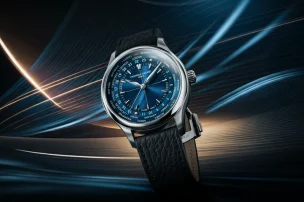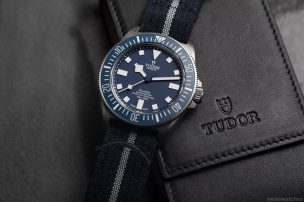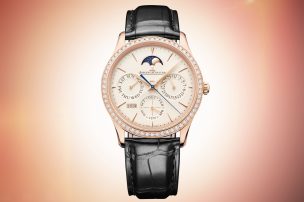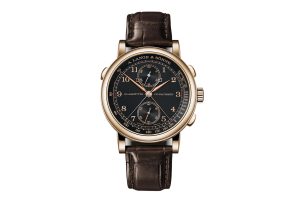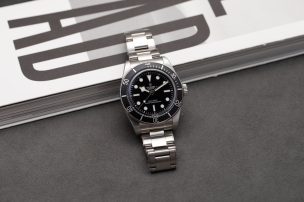
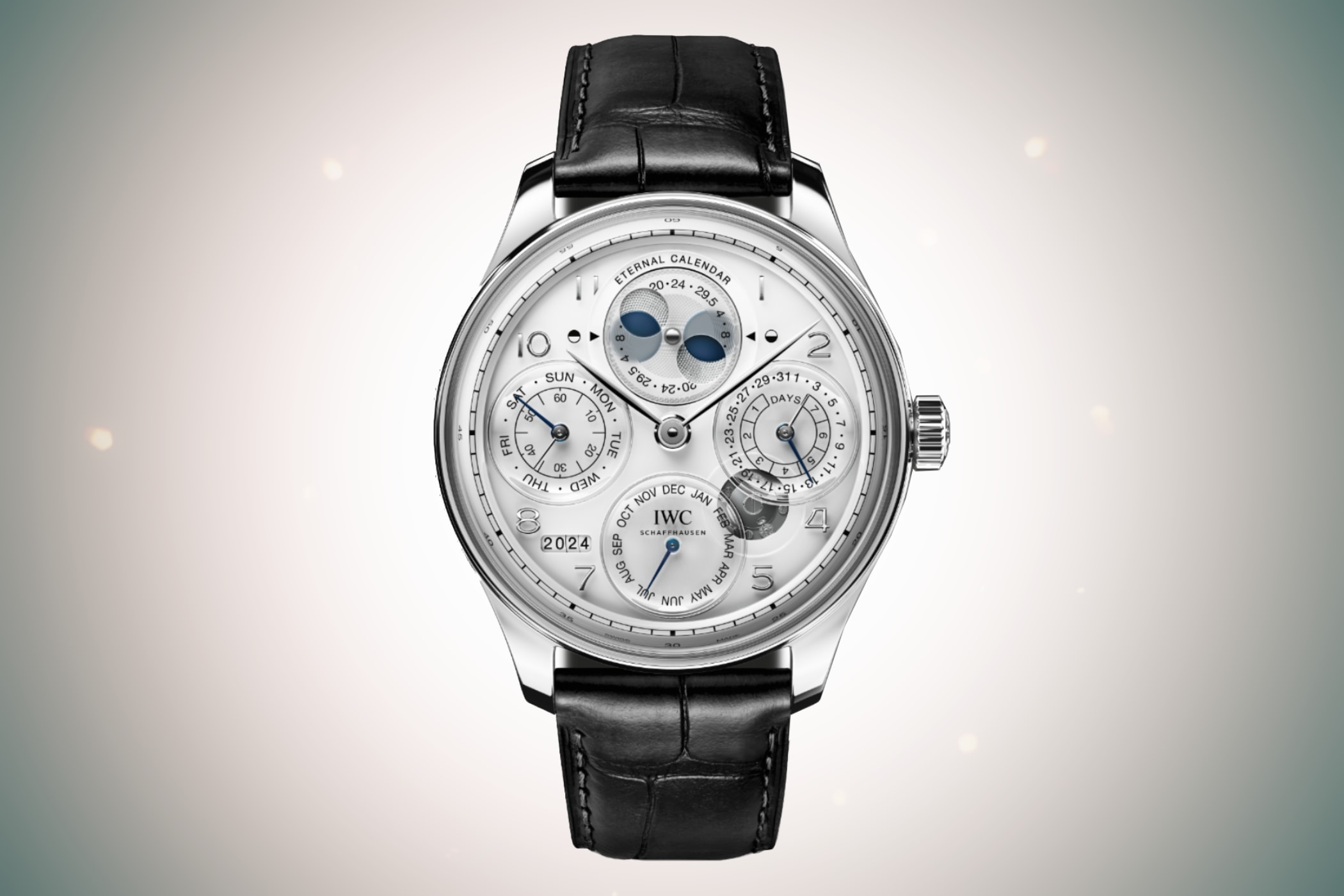
IWC Portugieser: New Automatic, Chronograph, Tourbillon, Eternal And Perpetual Calendar
The IWC Portugieser‘s origins go back a long way to the 1930s – longer than you would perhaps expect. Over the course of the Portugieser’s existence, IWC Schaffhausen has brought many small incremental upgrades, with today being no different during the novelties presentation at Watches & Wonders 2024. These new releases from IWC continue the Portugieser story with more subtle changes, such as greater elegance to the cases and new lacquered dials.
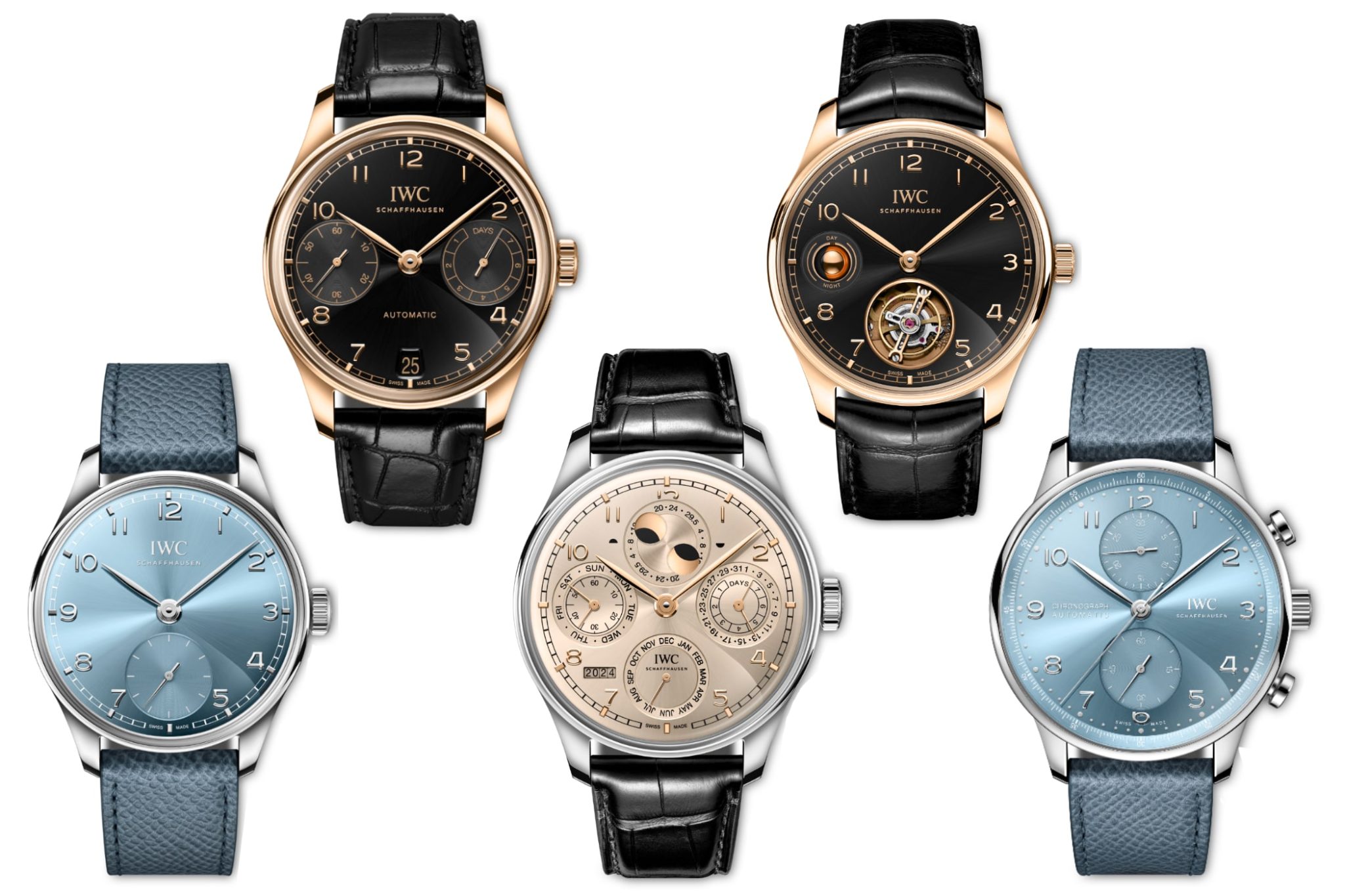
Portugieser Eternal Calendar Moonphase
First up we have the Portugieser Eternal Calendar Moonphase, a wristwatch which IWC has introduced to increase the accuracy of the perpetual calendar function and eliminate the need to make any corrections. Now I know what you’re thinking, I’ve got it wrong. The perpetual calendar is the one calendar that doesn’t need changing right? Well, not exactly. The perpetual calendar accounts for leap years every 4 years, but it’s not quite perfect. By the rules of the Gregorian calendar, there are actually exceptions to this leap year rule, precisely three times every four centuries, the next being the year 2100.
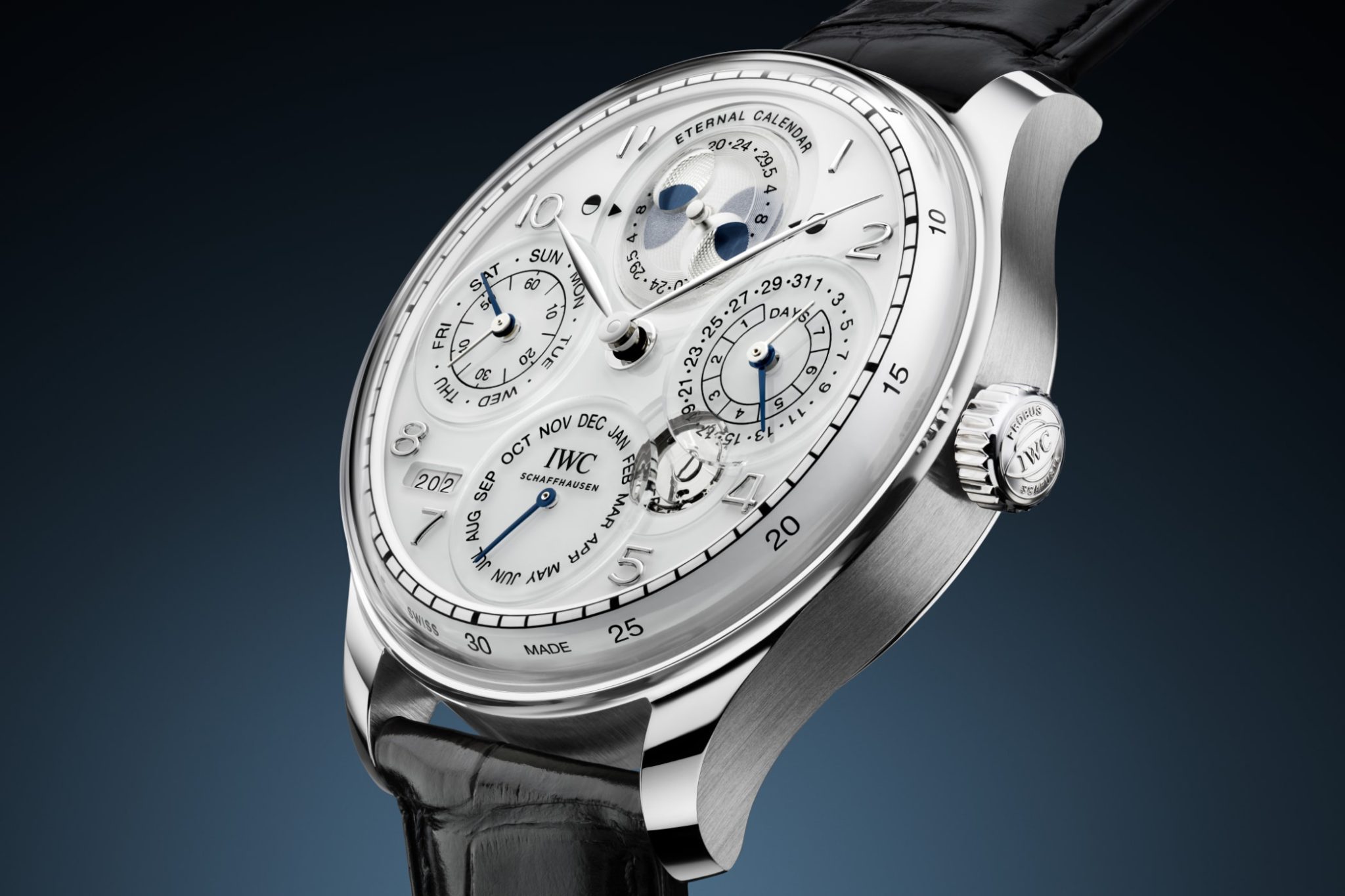
With the new Eternal Calendar from IWC, corrections on the calendar won’t have to be made until the year 3999. And the moon-phase doesn’t need correction for the next 45 million years, by which point you will probably be closer to crude oil than a human being capable of wearing a wristwatch. As well as this, the calibre 52640 has a high frequency of 4 Hz and a whopping 7-day power reserve, which does seem appropriate for a watch of that complexity.
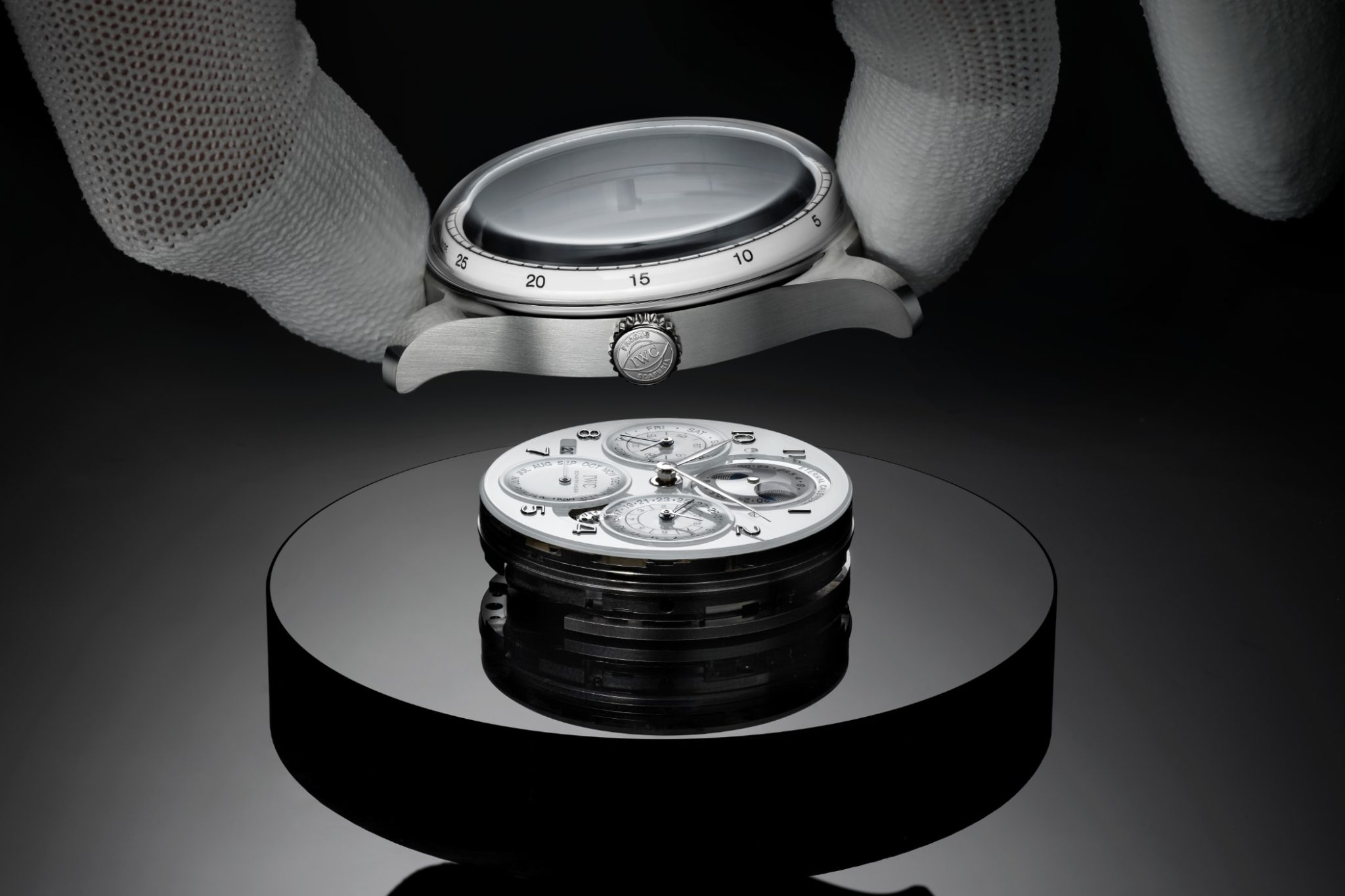
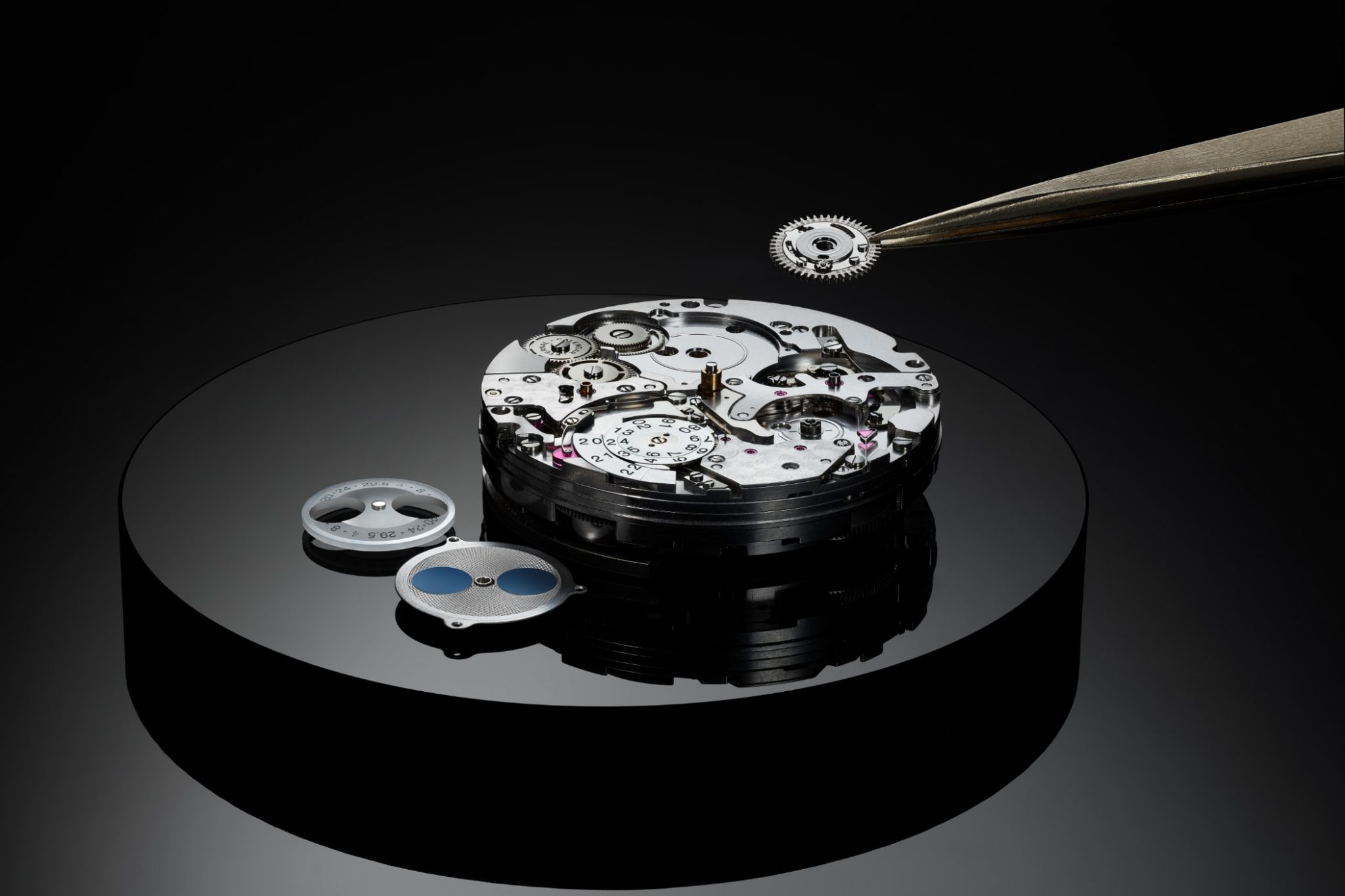
The absurdly accurate automatic winding movement also features an 18-carat gold oscillating weight which to top it off is visible through the sapphire crystal case back. Unsurprisingly it is housed in large 44.4 mm case, this time in platinum – an appropriately special metal for such a watch. The complementing black leather strap is made by Santoni and features a matching platinum folding clasp.
Portugieser Automatic 40 & 42
IWC has also released new additions to its Automatic Portugieser with 40 mm and 42 mm cases that have been redesigned in for a sleeker and more elegant look, something which will now certainly appeal to more people.
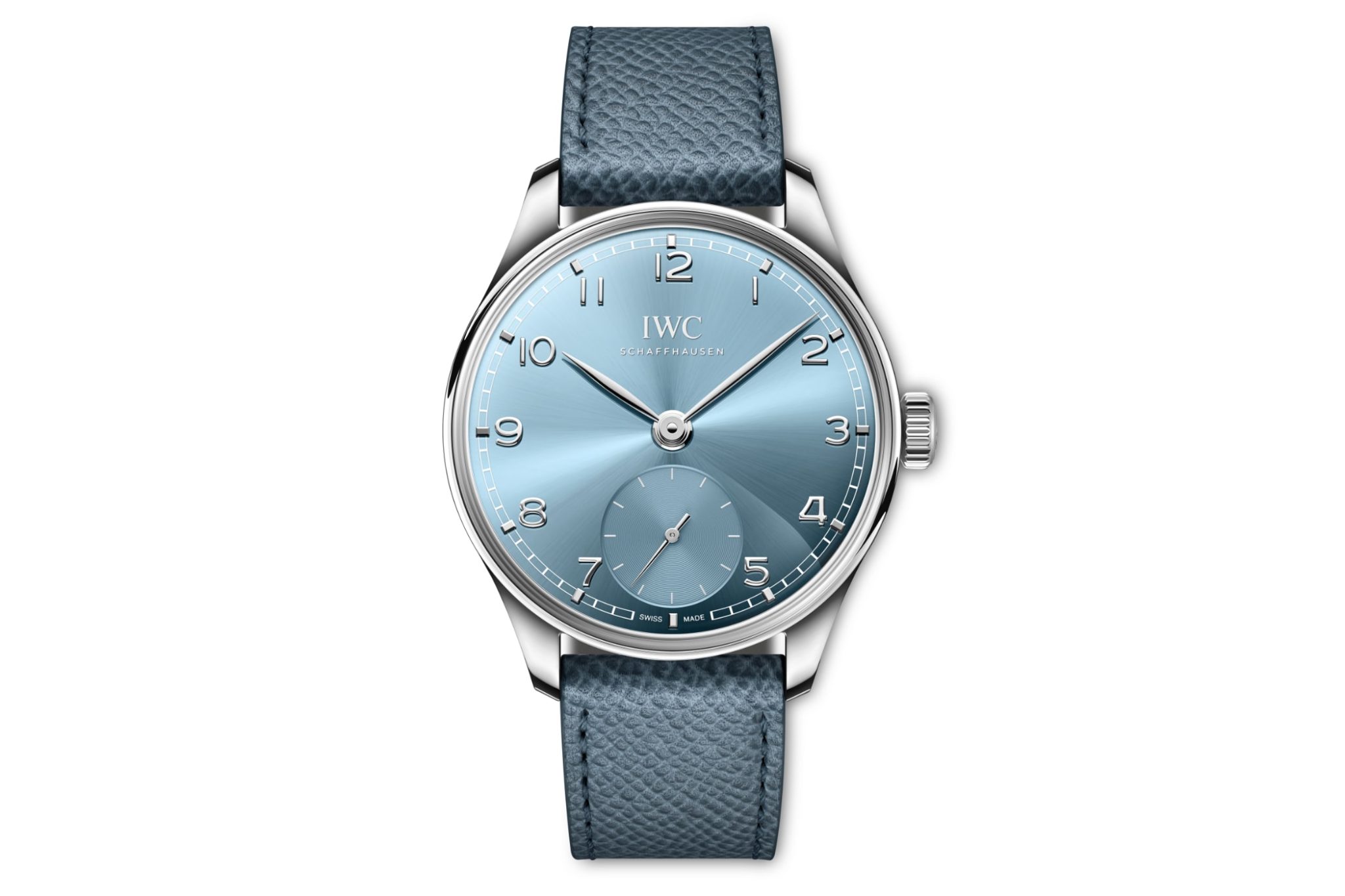
The 42 mm is powered by calibre 52011, which has been reengineered to offer an escapement with improved magnetic resistance and a winding system with reduced friction and a whopping seven days of power reserve. That’s right, you could wear it once a week and it wouldn’t need resetting. The 40 mm, on the other hand, houses the calibre 82200 with 60 hours of power reserve.
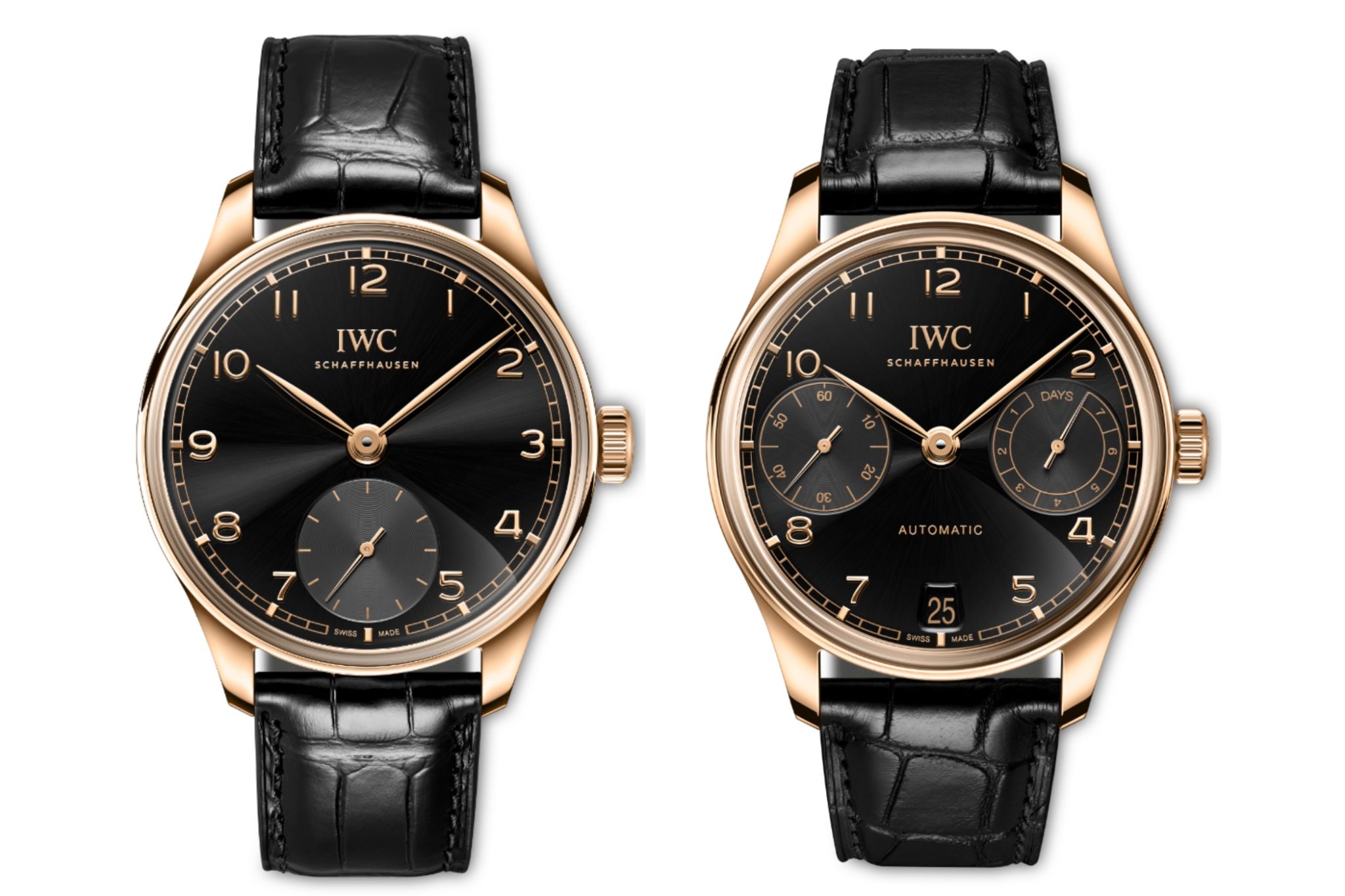

Both the 42 mm and 40 mm case sizes are available in 18-carat white gold with a Horizon blue dial and gradient blue calfskin Santoni strap. They are also both available in 18-carat 5N gold with a black Obsidian dial and black calfskin Santoni strap.
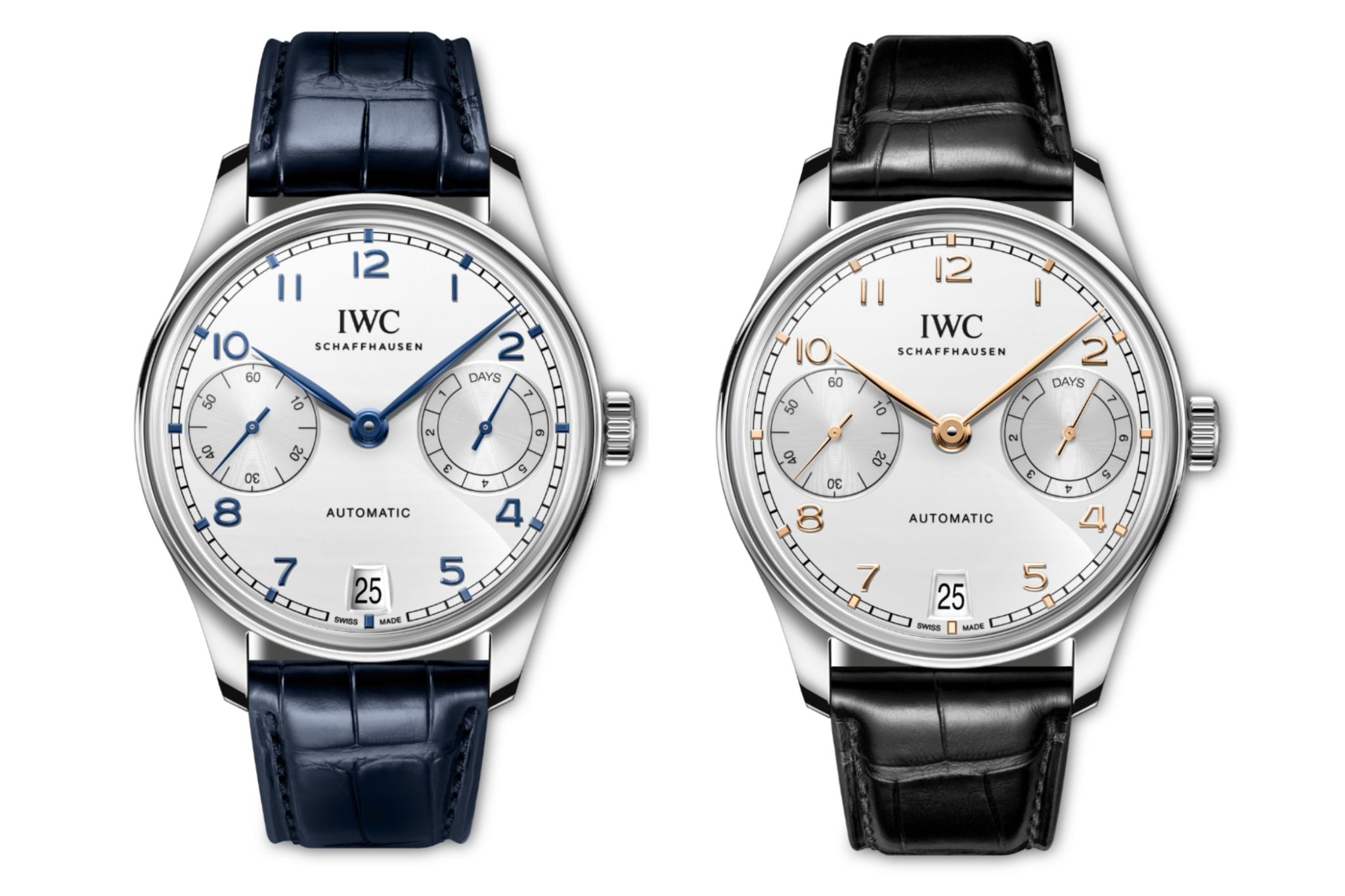
The 42 mm case is also available in stainless-steel, with a variety of dials such as Dune, silver-plated or blue, on a variety of different strap options as well. The price of the new Portugieser Automatic varies depending on execution between 14,000 and 26,500 euros.
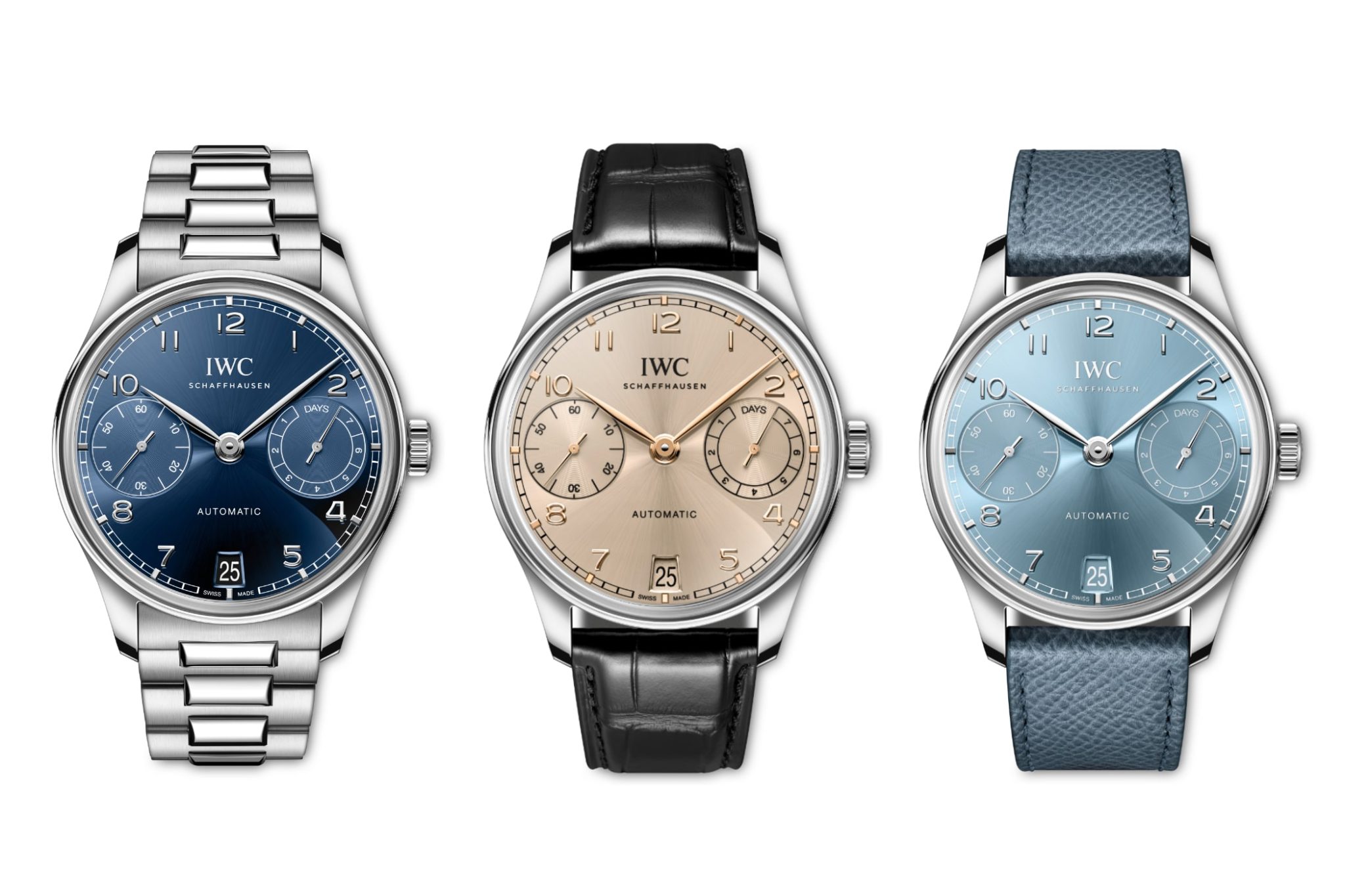
Portugieser Chronograph
Three new additions are arriving in the Portugieser Chronograph line-up. Available in white gold with a Horizon blue dial, 5N gold with an Obsidian black dial, or stainless-steel with Dune dial, all cases are 41 mm in diameter and feature the chronograph calibre 69355 with a 46-hour power reserve. The steel version costs 9,100 euros and the gold version 19,600 euros.
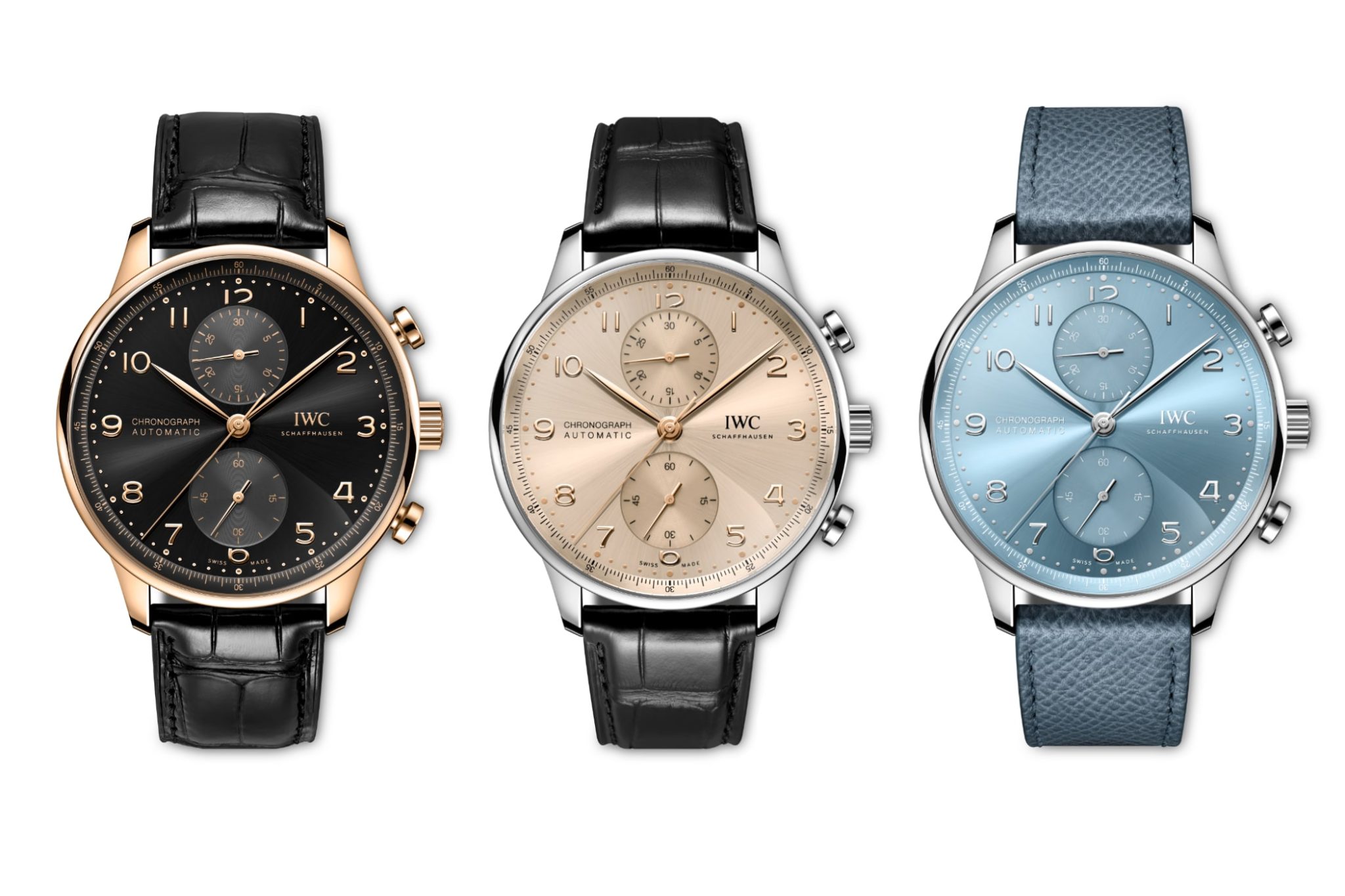
Portugieser Hand-Wound Tourbillon Day & Night
IWC also presents us with a new hand-wound tourbillon wristwatch, which features a day and night indicator.
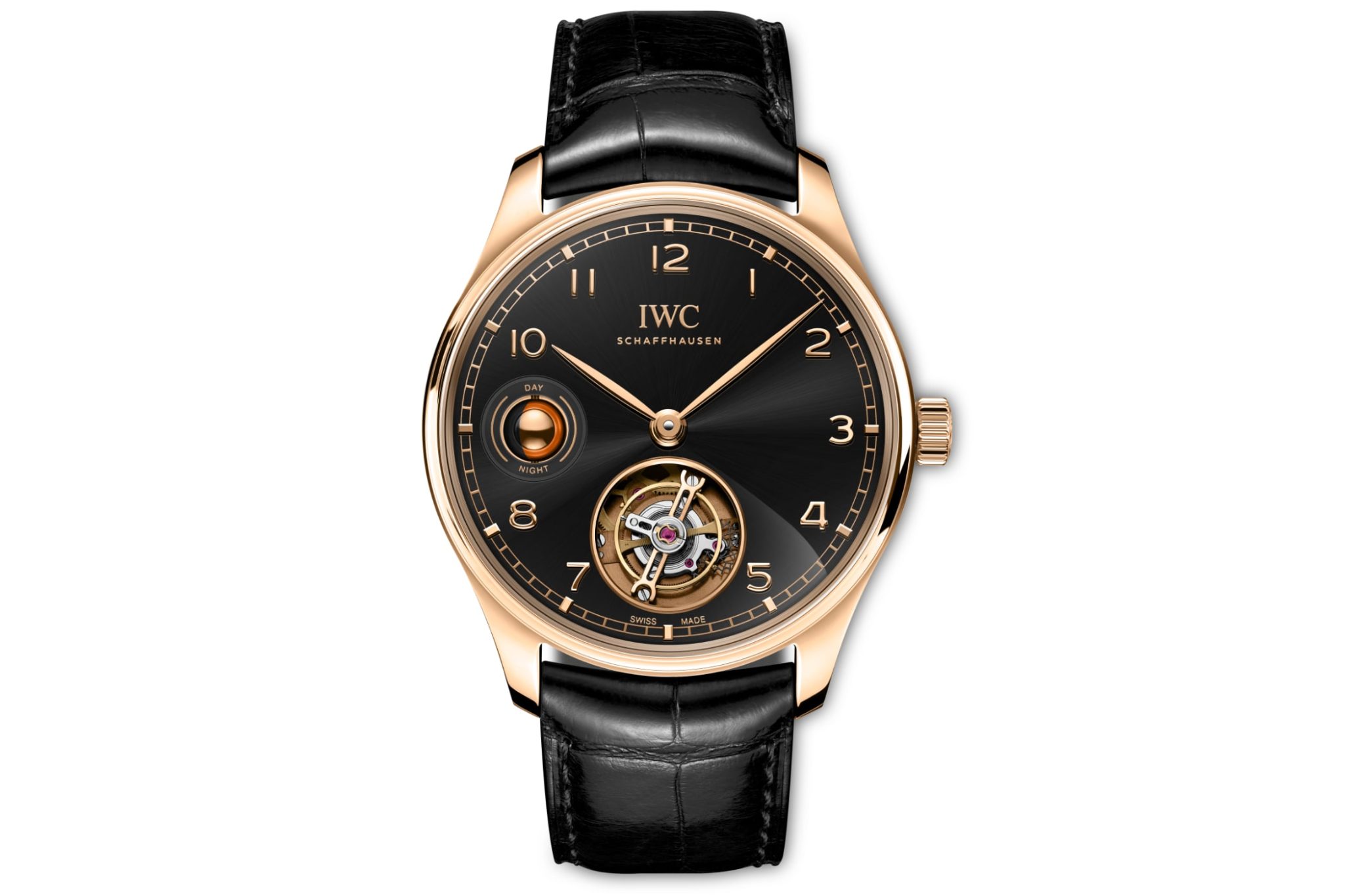
Calibre 81925 boasts a tourbillon at 6 o-clock, which features a silicon lever and escape wheel. They are also both coated in IWC’s Diamond Shell, which reduces friction and increases efficiency of the parts. As well as this, the movement has a spherical globe like day/night indicator at 9 o-clock, which can be seen both from the front and the back of the watch. Just like the real globe, the one on the IWC tourbillon rotates around its axis every 24 hours, displaying a light and dark side to indicate day and night. Despite the movement being manually wound, it features an 84-hour power reserve to compensate.
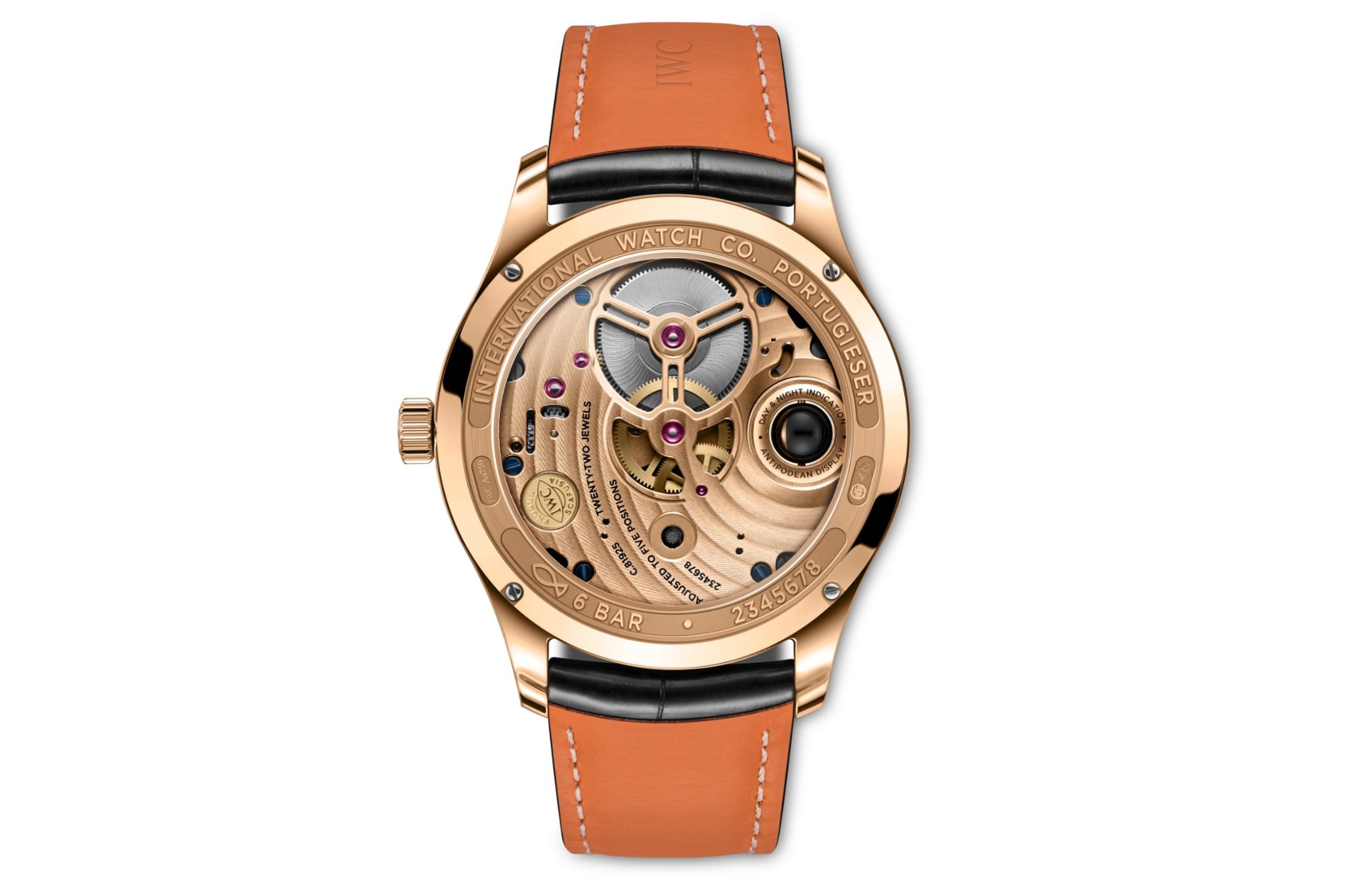
The 42mm case is made from Armour Gold which IWC claims is far harder and resistant to wear and tear than regular 5N gold due to its improved microstructure. Once again for the dial we see the elegantly paired Obsidian black, matching the black Santoni strap.
Portugieser Perpetual Calendar
Last but certainly not least, we have the new Portugieser Perpetual Calendar addition to the Portugieser line up. Dating back to Kurt Klaus’ leadership in the 1980’s, the Portugieser Perpetual Calendar has undergone many changes, such as the addition of the double moonphase accounting for both the Northern and Southern hemispheres.
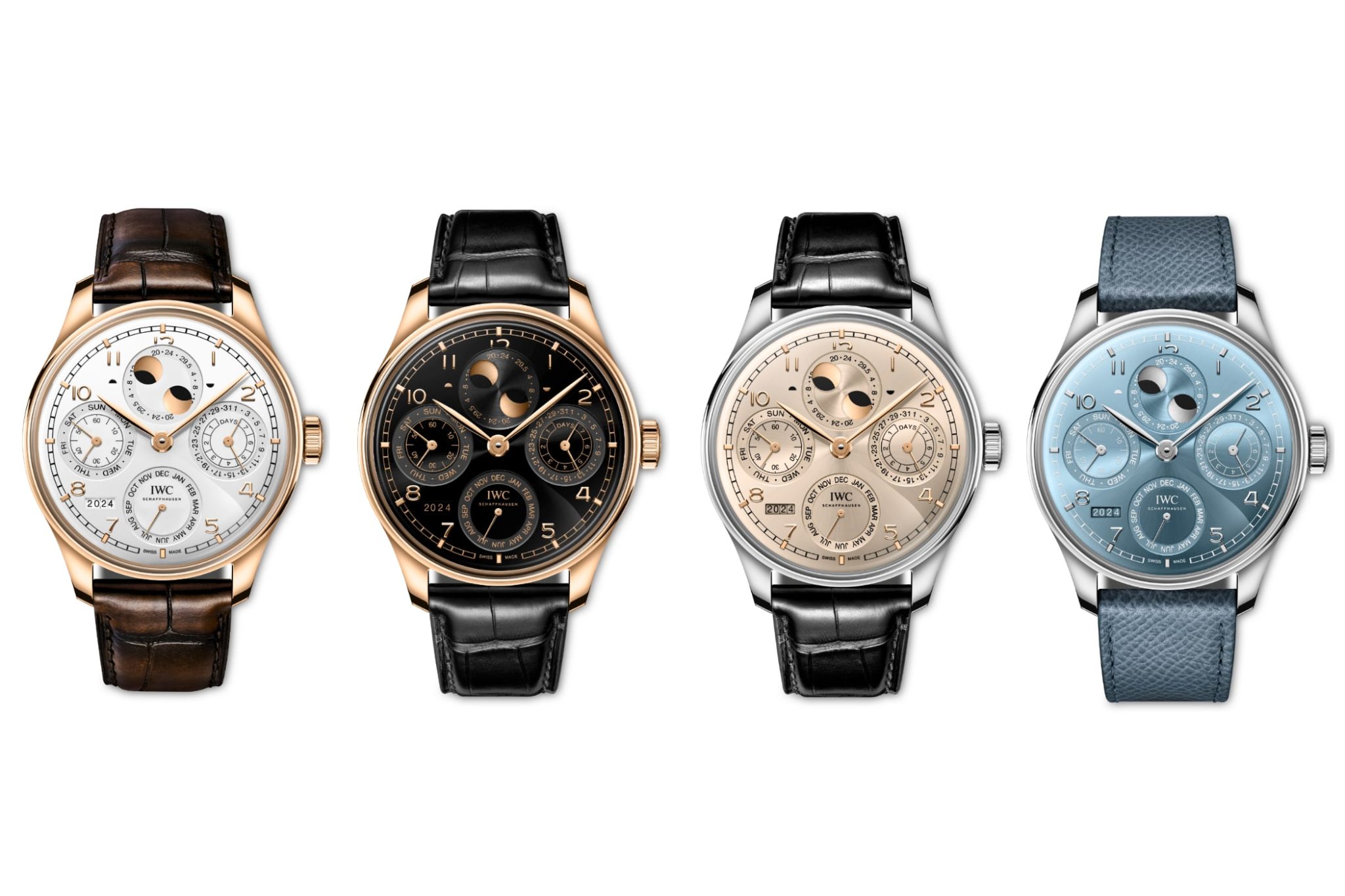
This time, quite like the Portugieser Automatic, the new perpetual calendar features a slimmer and more elegant case profile despite coming in at 44 mm. It is produced in four different combinations across 18-carat white gold and Armour Gold cases. In white gold, it is available with a Horizon blue dial and a gradient blue Santoni strap, as well as a Dune coloured dial and black Santoni strap. In Armour Gold, it is available with an Obsidian black dial with a matching black Santoni strap, as well as a silver-plated dial with a brown Santoni strap.
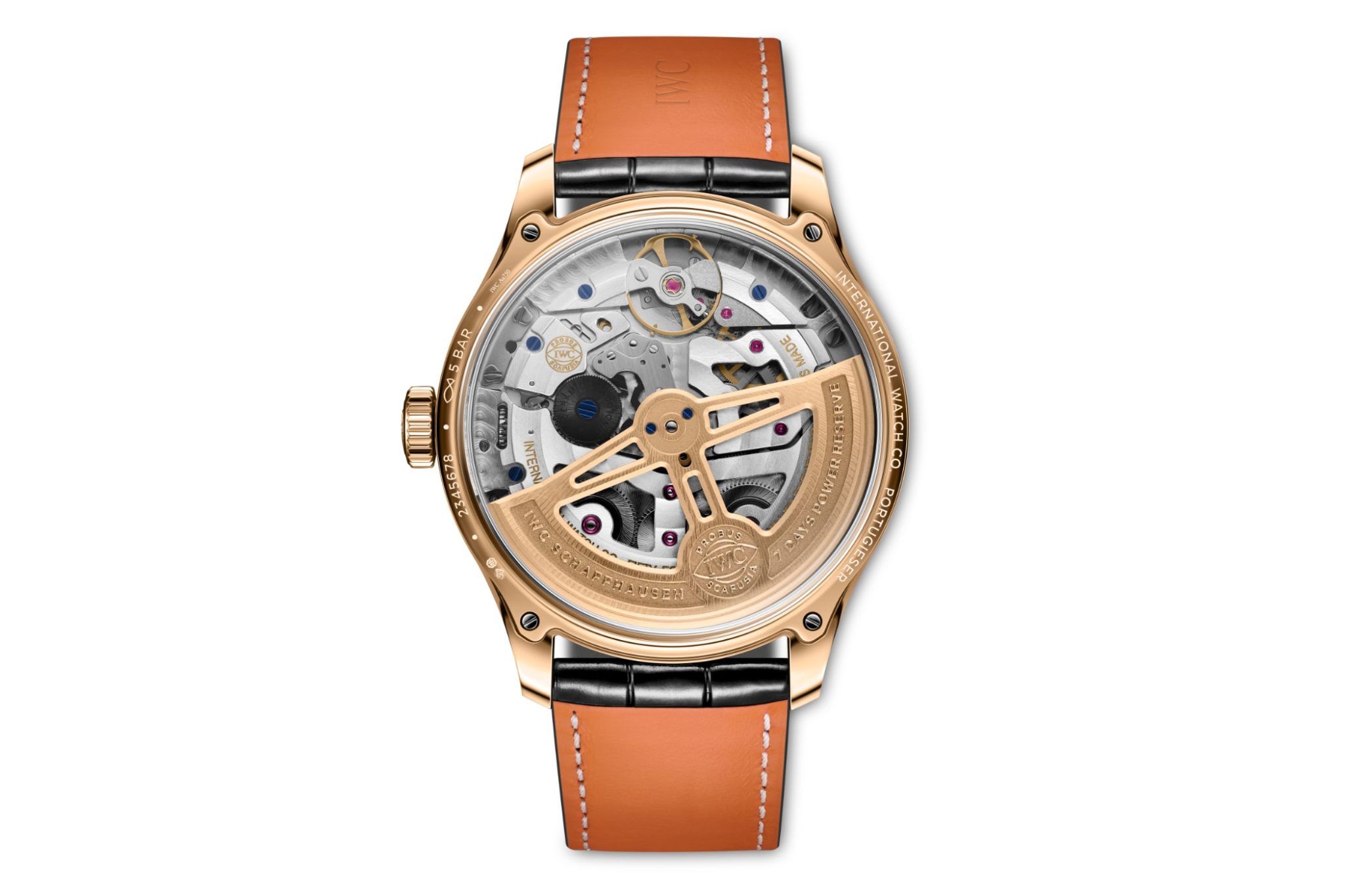
Deep within is the automatic calibre 52616, which features once again a more magnetic-resistant escapement, as well as a winding system consisting of components made from zirconium-oxide ceramic to reduce friction. The winding system spans across two barrels to give the watch a very nice one week of power reserve. The white gold Portugieser Perpetual Calendar costs 50,000 euros and the Armour Gold version 49,000 euros.
